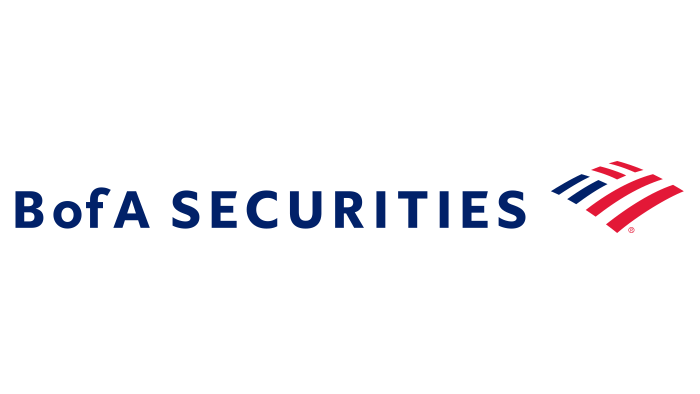Cat bond spreads show investor demand. Fading interest rates to build ILS appeal: BofA

The narrowing of catastrophe bond spreads in recent months and into early 2024 is reflective of the strong investor demand for this segment of insurance-linked securities (ILS), interest which may continue to build as the fading interest rate environment is expected to increase the relative appeal of ILS again, analysts at BofA Securities said.
We often say that insurance-linked securities (ILS), such as catastrophe bonds and other direct reinsurance-linked investments are relatively uncorrelated and diversifying compared to other asset classes.
How ILS instruments respond to interest rates is one area, of interest, as they clearly benefit when interest rates rise given their floating-rate nature, but as the BofA Securities analysts note the ILS sector can also benefit when interest rates fall.
The analysts note that cat bonds now make up some 40% of the alternative capital in the reinsurance industry, which we’d note would be a little higher when it comes to usable ILS capital.
Cat bonds outstripped more pressured areas of ILS in 2023, such as collateralized reinsurance, the analysts note.
While, “Cat bond spreads have narrowed meaningfully in early 2024, we think due to high demand from investors – an indication of significant capital supply in the market,” they say.
The BofA Securities analysts continued to say, “A year of materially improved returns across the reinsurance market is likely to tempt capital back into the space (both traditional and alternative). This in turn, will likely drive more competition.”
Further noting that, “A fading interest rate backdrop over 2024 also increases the relative appeal of insurance-linked securities (ILS) again.”
This is because, as interest rates decline the institutional investor base of the world tends to look for alternatives and diversifying asset classes, of which cat bonds and ILS are definitely one.
Hence, ILS benefited from the floating-rate appeal of an asset class that delivers an interest-rate linked return on top of its spread, but equally can attract more investor interest at times of lower interest rates as well, as investors look for compelling places to put their money as interest rate tracking assets become less appealing again.
But, because of the growing appeal of ILS among investors, as well as the fact more capital is expected to flow to traditional reinsurance players and start-ups as well, the BofA Securities analysts have called the top of the market.
“The outlook beyond 2024 is less certain in our view, as we expect the reinsurance pricing cycle to peak in 2024. Capital levels are building fast, with early signs of increased competition even at 1/1 renewals,” they explained.
Continuing to explain, “While the outlook for the remainder of 2024 renewals is stable to modestly positive, we think building levels of reinsurance industry capital will start to have an impact on pricing thereaſter, likely from 2025. Therefore we think the reinsurance pricing cycle will peak in 2024.”
In fact, like rating agency Fitch, the analysts forecast that a softening reinsurance cycle could begin in 2025.
“Despite general discipline on prices and terms and conditions at 1/1, broker reports highlighted strong competition from reinsurers looking to capitalise on attractive market conditions. This was particularly prevalent at higher layers of coverage, where most of the industry has sought to reposition itself (away from frequency risks),” the BofA analysts explain. “This is also the layer of the market that faces toughest competition from cat bonds. Given healthy levels of capital and assuming a normal large loss backdrop for 2024, we expect pricing and terms and conditions could begin to soften by 2025.”






